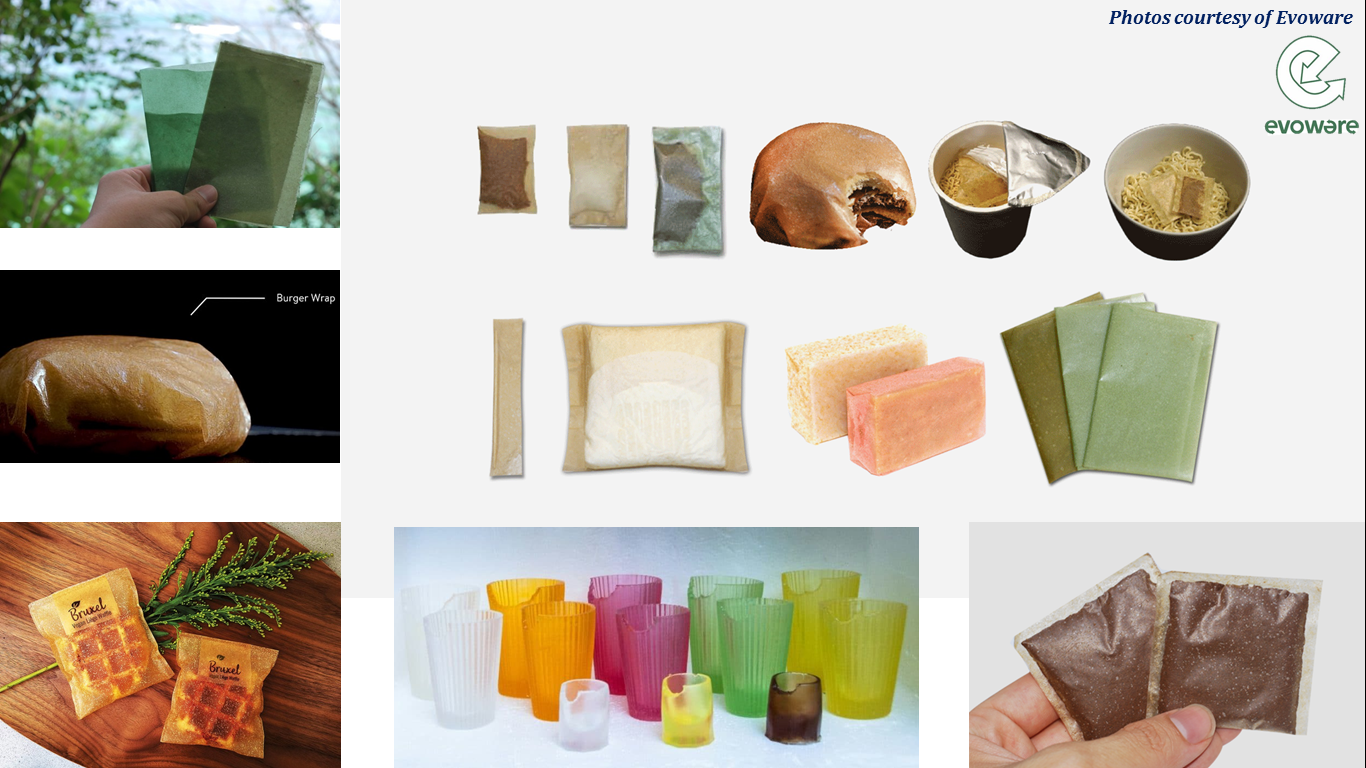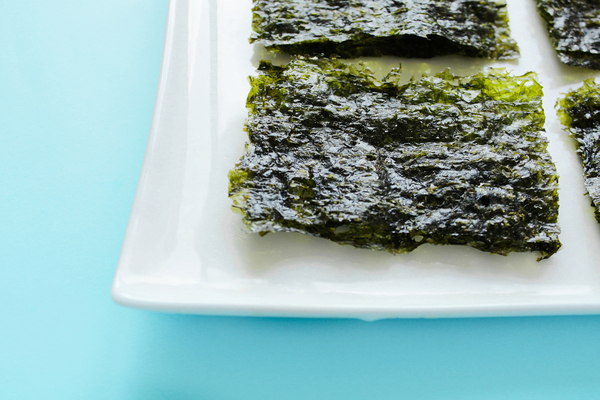

Seaweed-based packaging as a replacement for plastic will ease the waste management process because it is biodegradable and it will ensure that the packaging waste can return to the earth naturally. The reduction of plastic usage is going to reduce gas emissions too since production of plastic uses toxins and chemical materials which release carbon dioxide into the air and heavily contributes to air pollution. No more plastic waste also means no more plastic ends up in the ocean and it will help maintain seashore cleanliness. This innovation will help reduce plastic contamination to the water, the land and to the air. Seaweed packaging is not only biodegradable and edible; it can be made to dissolve when water hits it, which is excellent for packaging tea or cereals.
The seaweed packaging as a replacement for plastic packages is going to impact the cleanliness of the sea because no more plastic waste will end up in the ocean and it will protect life below water since no more fish, plankton or any marine living creatures will eat the micro plastic. Also, it will significantly reduce the garbage in landfills and will improve air quality because every kilogram of plastic production creates 6 kilogram of carbon dioxide which contributes heavily to air pollution.
The benefits of seaweed packaging, according to Greenbiz, extend beyond keeping plastic out of the ocean. They report it takes a hectare of ocean to create 40 tons of dry seaweed. During processing, that same volume can absorb 20.7 tons of CO2 emissions.
The only drawbacks at the moment seem to be the price; because seaweed packaging currently requires manual processing, it is more expensive than plastic. The second difficulty is figuring out how to scale production.
Seaweed has been in our kitchen for decades. But it seems that the plant also has applications beyond sushi or other recipes. While seaweed packaging has some kinks to work out, it seems clear that it holds the potential to help eliminate some of the plastic clogging our planet.
Seaweed aquaculture is the process of farming for seaweed. According to the Aquaculture Alliance, the growth of this industry is good for the economy and the ocean. Currently, large-scale seaweed aquaculture only occurs in Asian countries such as China, Japan and Korea, due to the continent’s high demand for seaweed food products. Seaweed grows within 45 days, can be harvested straight away, and does not require any fertiliser – making it more readily accessible than corn or sugar cane, which requires agricultural land in order to grow. To make seaweed packaging, the raw material is collected and fermented without any chemical processing. The yeast residue can then be converted into animal feed.






